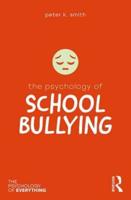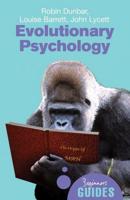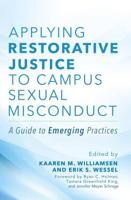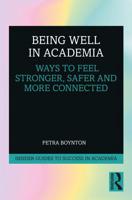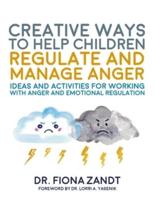Publisher's Synopsis
This book examines foundational child development theories and research that continue to inform and guide contemporary state-of-the art research and practice. It goes beyond a behavior-only focus to address key child development issues, including emotional life and lived experiences as well as family and sociocultural contexts. The volume details classic neurological and neuropsychological research discoveries and insights that can be adapted and incorporated into current clinical practices with infants, children, and adolescents. In addition, it addresses neurophysiology and its relationship to several aspects of child development, including intersubjectivity, mirror neurons, emotional attunement, and intercorporeity. The book explores various systems of child and adolescent psychotherapy as well as the effects of emotional trauma, risk and protective factors, resilience, and the importance of early intervention and prevention on child development.
Key areas of coverage include
- Human ethology and its impact on understanding of biological biases.
- Specialized intelligence and parent-child interactions from an evolutionary point of view.
- Past and present child psychiatry and psychotherapy concepts and their impact on clinical practice.
- Education and its effects on child development and behavior.
- Children's cognitive and emotional development research with current clinical implications and uses.
- Parent-infant attachment and its implications.
The Handbook of Child and Adolescent Development and Education is a must-have resource for researchers, professors, and graduate students as well as clinicians and related therapists and professionals in clinical child psychology, child and adolescent psychiatry, pediatrics, developmental psychology, neuropsychology, social work, neurology, school psychology and all related disciplines.

